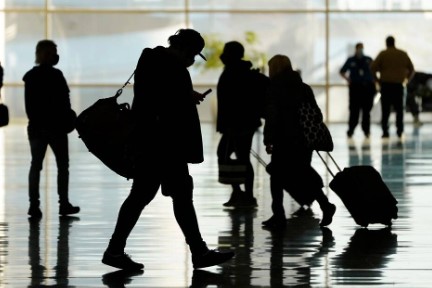Indians are significantly increasing their spending on overseas travel, with outward foreign exchange remittances soaring to nearly $1.42 billion (around Rs 12,500 crore) per month on average in 2023-24. This marks a substantial rise from an average of $400 million (about Rs 3,300 crore) per month five years ago in 2018-19, according to Reserve Bank of India data.
In the fiscal year 2023-24, Indians collectively remitted $17 billion (Rs 1,41,800 crore) for overseas travel under the RBI’s liberalised remittances scheme (LRS), marking a 24.4 per cent increase from the previous year’s $13.66 billion. Travel has emerged as the primary driver of remittance outflow from India, accounting for 53.6 per cent of total outflows in FY24, up significantly from 1.5 per cent in 2013-14 and 35 per cent in 2018-19.
The surge in foreign travel expenditures correlates with rising disposable incomes and the expansion of Bharat’s middle class. This trend accelerated following the easing of travel restrictions imposed during the Covid pandemic. Meanwhile, investments abroad by resident Indians also rose, reaching $1.51 billion in foreign equity and debt for the full year 2023-24, up from $1.25 billion in the previous fiscal year.
Overall outward remittances under LRS totalled $31.73 billion in 2023-24, a 16.91 per cent increase from $27.14 billion the previous year and more than double the $13.73 billion recorded in 2018-19. Under LRS, resident individuals can remit up to US $250,000 (approximately Rs 2.08 crore) abroad annually without prior approval from the RBI.
Changes in tax collection at source (TCS) rates on LRS payments from October 1 had minimal impact on remittances. While overseas tour packages are now subject to a 20 per cent TCS, up from 5 per cent, no TCS is levied on credit card spending abroad. For education expenses funded through loans, TCS applies only to amounts exceeding Rs 7 lakh annually, while self-funded education expenses over Rs 7 lakh are subject to a 5 per cent TCS rate.

















